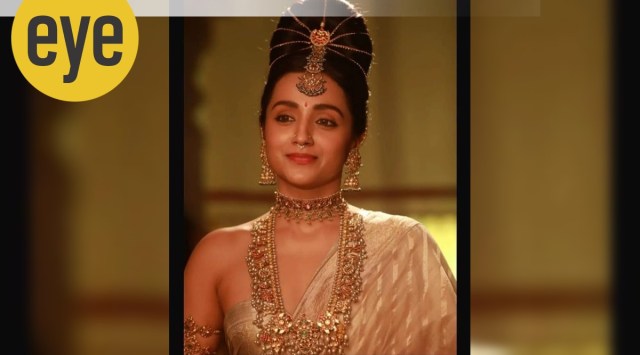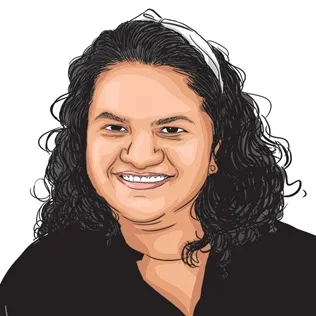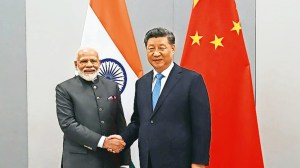The success of the film has generated discussions on historical fiction, and how it functions as a way of reimagining and reviving narratives. Stories in this genre is usually set in an era at least 50 years before its time of writing, and may or may not have characters based on real life.

For Indian audiences, historical fiction has been a major source of entertainment. Recently, a video, which had a woman fall at actor Arun Govil’s feet at an airport, went viral. Govil had played the role of Lord Ram in Ramanand Sagar’s TV show Ramayan 35 years ago. This shows that images related to our history, mythology and culture have a long shelf life and continue to impact audiences.
Story continues below this ad
According to Gorvika Rao, assistant professor, department of English, Miranda House, Delhi University, historical fiction plays a big role in pop culture due to its ability to capture our imagination. “History is conventionally seen as boring, but it is also something that gives people a sense of identity, especially with respect to nations and cultures,” she says.
 Kalki Krishnamurthy’s book cover (Source: Amazon.in)
Kalki Krishnamurthy’s book cover (Source: Amazon.in)
Historian Robert Lacey, who consults for the Netflix period drama “The Crown” (which chronicles British Queen Elizabeth II’s reign), calls historical fiction an “imagination inspired by the past.”
The joy of reading these books also comes with the love for strong women characters. “Historically, women are located in stories either as villains or as saints, without exploring their complexities,” says Bengaluru-based product marketer Henna Husain, another avid historical fiction reader, “We do not know a lot about what women achievers in our own country compared to the men in positions of power and prominence.”
Parul Bhardwaj, associate professor, department of English, Miranda House, believes that women characters are prominent in historical stories because of their marginalised status. The story, then, becomes “a challenging and interesting literary endeavour, with its own entertaining aspects as well,” she says.
Story continues below this ad
This is also one of the reasons why women across generations in Tamil Nadu have found the novel Ponniyin Selvan an engrossing read. “Kundhavai (the Chola princess) was a real woman but she never appears in academic texts,” says Anjali, “She influenced an entire dynasty, but so little attention is paid to her.”
Kundhavai is often seen as a mentor figure to her younger brother Rajaraja Chola I, and his successor Rajendra Chola I, thereby contributing to the elevation of the Chola empire as one of the greatest in Indian history. Her decision to not leave the Chola kingdom even after marriage to Vallavaraiyan Vandiyadevan, a member of the Bana dynasty, is seen as inspirational even today.
“She is someone that her father, Sundara Chola, and her elder brother, Aditha Karikalan looked up to and trusted with major decisions of the kingdom. Even the enemies plotting against the Cholas and were wary of her intelligence. Her administration skills, her ability to stand up to men and not be cowed down, is taken into proper consideration in the books,” says Anjali.
Our urban schooling introduced us to royalty through Amar Chitra Katha comics. “With it came an unquestioning acceptance of grandeur, to the point where we don’t even concern ourselves with facts and accuracy,” says Rao.
Story continues below this ad
For instance, with Sanjay Leela Bhansali’s Padmaavat (2018) which was based on Malik Muhammad Jayasi’s epic Padmavat (1540), and Chandraprakash Dwivedi’s Samrat Prithviraj (2022), based on Chand Bardai’s epic Prithviraj Raso, audiences had forgotten these were fictional stories.
“People actually believe that Alauddin Khilji looked and acted like Ranveer Singh. That’s how powerful images are in our society,” says Rao.


 Kalki Krishnamurthy’s book cover (Source: Amazon.in)
Kalki Krishnamurthy’s book cover (Source: Amazon.in)





























